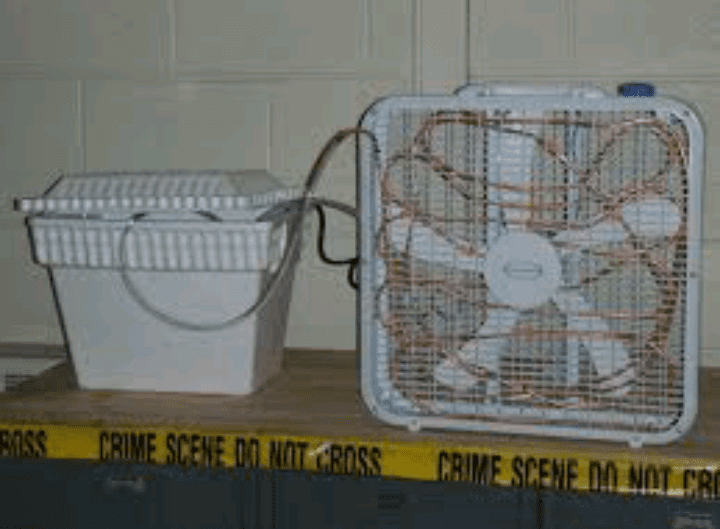In the midst of a sweltering summer, staying cool becomes a top priority. Traditional air conditioners are effective but can dent your wallet. If you’re looking for a pocket-friendly solution, consider the simplicity and ingenuity of a DIY air conditioner. With a few common household items, you can create your own cooling oasis without breaking the bank.
Picture this: a homemade air conditioning system that not only provides relief from the heat but also allows you to unleash your creativity. Whether you’re facing a heatwave or just want a cost-effective cooling option for a small space, our DIY air conditioner guide is here to help. No engineering degree required – just a willingness to experiment and a desire for a chill environment.
In this article, we’ll explore various DIY air conditioning techniques using easily accessible materials like ice packs, fans, and containers. From ice cooler fan systems to gel pack setups, we’ve got you covered with simple, step-by-step instructions. We’ll also provide tips on placement, maintenance, and safety to ensure you get the most out of your homemade cooling system.
So, if you’re ready to take control of your comfort and embark on a cooling adventure, join us as we delve into the world of DIY air conditioners. Discover how a bit of creativity and resourcefulness can turn ordinary household items into a refreshing escape from the summer heat. Let’s get started on your journey to a cooler, more comfortable space without burning a hole in your pocket.
Read also: Business Feasibility Analysis and Reasons for Feasibility Analysis
DIY Air Conditioner

1. Understanding the Basics
Before diving into the construction process, it’s essential to understand the basic principles behind air conditioning. Traditional air conditioners operate on the principles of heat exchange and refrigeration. While our DIY solutions won’t replicate these processes exactly, they aim to cool the air in a simplified manner.
2. Materials and Tools
- Cooling Mediums:
- Ice packs or frozen water bottles
- Gel packs
- Frozen containers of water
- Containers:
- Styrofoam coolers
- Plastic storage bins
- Large, shallow bowls
- Fans:
- Battery-powered fans
- Desktop fans
- USB fans
- Insulation:
- Reflective insulation
- Foam board insulation
- Miscellaneous:
- PVC pipes
- Duct tape
- Funnel
- Thermometer
3. DIY Air Conditioner Techniques
- Ice Cooler Fan System:
- Place a fan at the top of a styrofoam cooler.
- Cut holes for PVC pipes on opposite sides of the cooler.
- Fill the cooler with ice packs or frozen water bottles.
- Position the PVC pipes to direct the cool air towards your desired area.
- Gel Pack Air Conditioner:
- Freeze gel packs or make your own by combining water and rubbing alcohol in a plastic bag.
- Place the frozen gel packs in front of a fan.
- As the gel packs melt, the air blowing through them will cool down.
- Bucket and Fan System:
- Fill a shallow bowl or bucket with ice water.
- Place the bucket in front of a fan.
- The fan will blow air over the cold water’s surface, creating a cooling effect.
- Reflective Insulation Air Cooler:
- Create a box using reflective insulation, leaving one side open.
- Place a fan at the open end and secure it in place.
- Add frozen containers of water inside the box for cooling.
Read also: Meaning, Types and Factors of Production
4. Tips for Maximum Efficiency
- Optimal Placement:
- Position your DIY air conditioner near an open window to expel hot air and bring in fresh, cooler air.
- Regular Maintenance:
- Ensure a steady supply of frozen mediums to maintain cooling efficiency.
- Clean the fan blades regularly to prevent dust buildup.
- Experiment and Improve:
- Feel free to experiment with different materials and configurations to find the most effective setup for your space.
- Keep track of temperatures using a thermometer to gauge the system’s performance.
5. Safety Considerations
- Electrical Safety:
- If using electric fans, ensure they are in good condition and operate safely.
- Avoid using water in close proximity to electrical components to prevent the risk of electrocution.
- Ventilation:
- Ensure there is adequate ventilation in the room to prevent the buildup of carbon dioxide from burning candles or fuel sources.
Read also: Proper Methods of Waste Disposal
